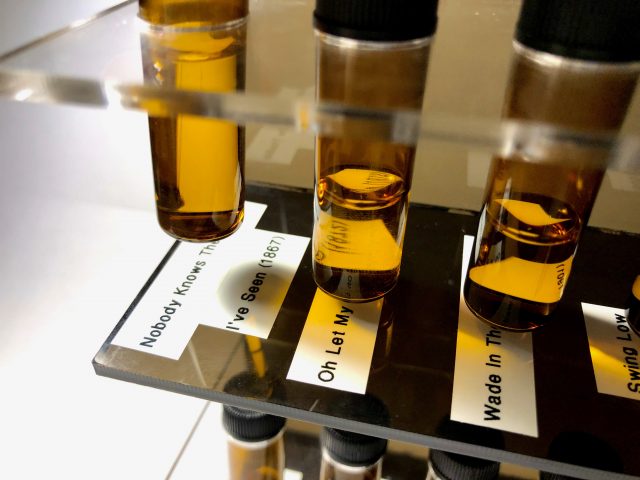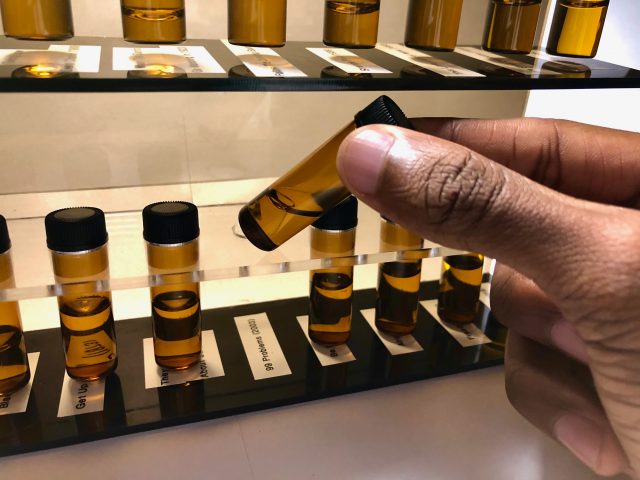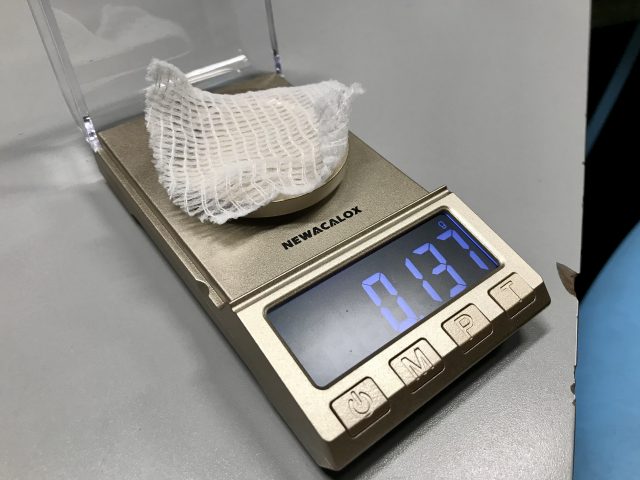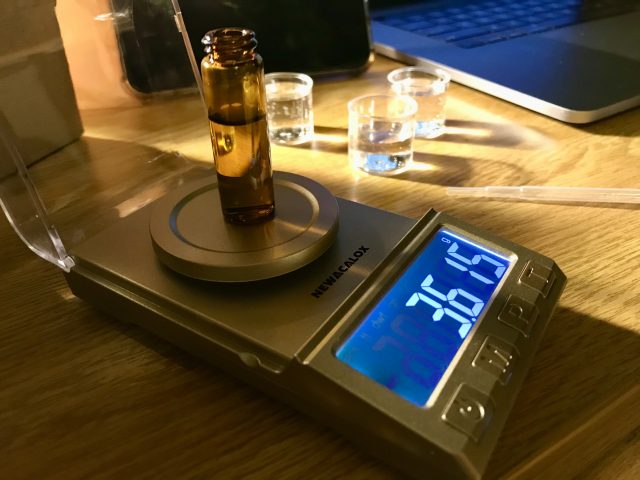
Salivation of Salvation is an experimental capture of the amount of saliva produced while performing songs created during periods of black oppression to uplift or bring attention to wrongdoings. The 20 songs span from 1867 to 2018 through american slavery, the Jim Crow era, black power movements, the civil rights movement, and the black lives matter movement. The chosen songs include the genres of slave songs, gospel, jazz, pop, and hip hop. Inspired by Reynier Leyva Novo’s The Weight of History, Five Nights, “Salivation of Salvation” combines black DNA with black history.
Featured Songs:
-
-
- Nobody Knows the Trouble I’ve Seen (published 1867) – African American Spiritual originating from slavery
- Oh Let My People Go (published 1872) – Song of the Underground Railroad
- Wade In the Water (published 1901) – Song of the Underground Railroad
- Swing Low Sweet Chariot (1909) – Popularized as a Negro Spiritual by the Fisk Jubilee Singers
- When the Saints Go Marching In (1923) – Negro Spiritual
- Follow the Drinking Gourd (published 1928) – Song of the Underground Railroad
- Strange Fruit (1939) – In response to lynching in Indiana
- This Little Light of Mine (written 1920/popularized 1950) – Popular Song of the Civil Rights Movement
- We Shall Overcome (1959) – Anthem of the Civil Rights Movement
- Oh Freedom (1963) – Song of the American Civil Rights Movement
- Respect (1967) – Civil Rights, Equal Rights, and Black Panthers movement anthem
- Say It Loud! I’m Black and I’m Proud (1968) – Unofficial anthem of the Black Power movement
- Black Is (1971) – Hip hop fore fathers popularizing modern pro black poetry as music
- Get Up Stand Up (1973) – About taking action oppression, written in observation of Haiti
- They Don’t Care About Us (1995) – Protest song made by one of the biggest icons of black music
- 99 Problems (2003) – Known for illustrating Stop and Frisk and driving while black incidents
- Be Free (2014) – Response to Michael Brown shooting
- Alright (2015) – Unifying soundtrack of the Black Lives Matter Movement
- Freedom (2016) – Song of the Black Lives Matter Movement dedicated to black women
- This Is America (2018) – Chart topping song against gun violence, racism, and police brutality
-


Salivation of Salvation is based on the study of sialometry, the measure of saliva flow. Sialometry uses stimulated and unstimulated techniques to produce results from pooling, chewing, and spitting. Although the practice is more commonly used to investigate hypersalivation (which would be easier to measure due to the excess of non-absorbed liquid), I realized I would need a more sensitive system to record the normal rate of saliva production.

In the mouth there a three salivary glands: Sublingual, Submandivular, and Parotid. The Sublingual glands are the smallest glands and on the floor of the mouth; they constantly excrete. The Submandivular glands are at the triangle of the neck, below the floor of the mouth and also constantly produce saliva. The Parotid glands are largest glands located in front lower molars parallel to the front of the ear. These glands produce through stimulation.
A majority of saliva gets absorbed into the gums and tongue, the remaining fluid rolls back down your throat. Thus making the tongue the target area for my project since it is the pathway to the throat and makes contact with the gums.

The system developed was an artificial tongue that could be weighed dry then weighed wet, the difference in values would be the weight of the saliva collected. This process was simply and effectively produced by laying a strip of gauze the covered the entirety of the tongue (the foreign object also helped trigger the Parotid Glands). The gauze was weighed with a jewelry scale which can display weight to the milligram. The conversion from weight to volume was simple since 1 mg = 1 ml. The recorded weight difference was then transferred in 5 ml vials through drooling, which had to be produced after measurements were taken.



The purpose of Salivation of Salvation was to make a tangible representation of history. Saliva holds our genetic composition and by tying together this constantly self-producing liquid with a song that marked a specific moment, a general and personal “historical” object is developed. Collaterally, patterns of history became shown through the collected data, as well. Below is a list of observations:

-
-
- The trend of black music went from gospel to jazz to pop to hip hop.
- Songs with more words produced higher volumes of saliva, thus jazz songs with breaks produced way less than rapping.
- Performances with the mouth mostly open did not enable the Parotid Gland as much.
- Orientation of the tip of the tongue influenced the pooling of saliva; therefore words starting with “t” would cause saliva to roll back, while a “b” word would pool underneath the tongue.
- The songs appear to become more direct and aggressive over time.
-
Reference:
https://www.hopkinssjogrens.org/disease-information/diagnosis-sjogrens-syndrome/sialometry/